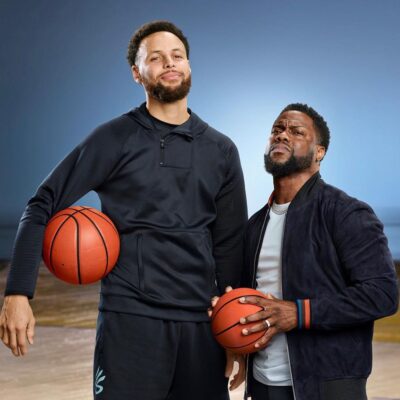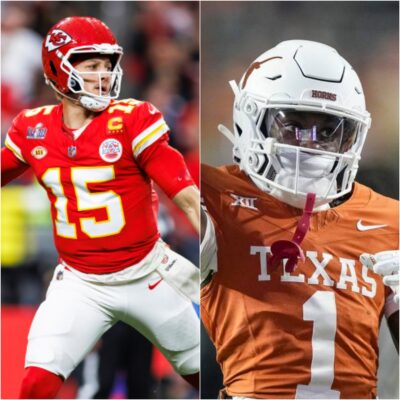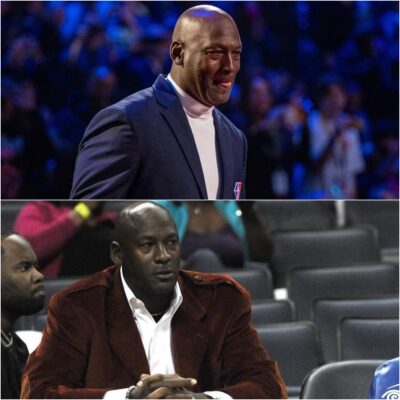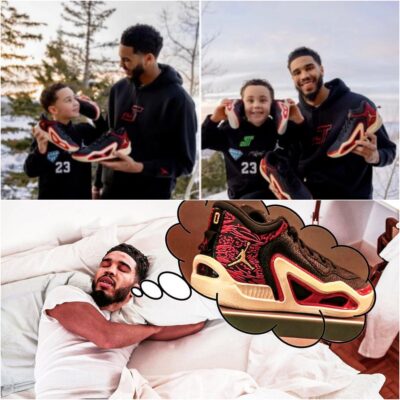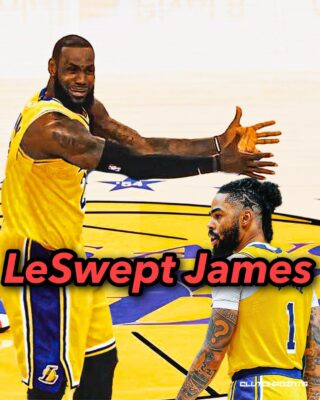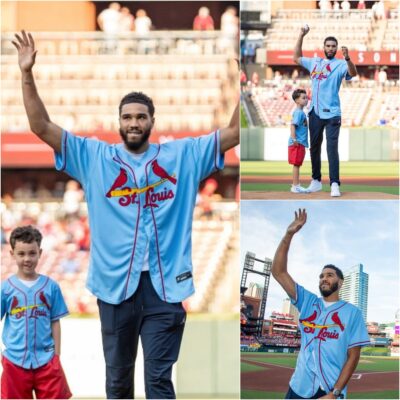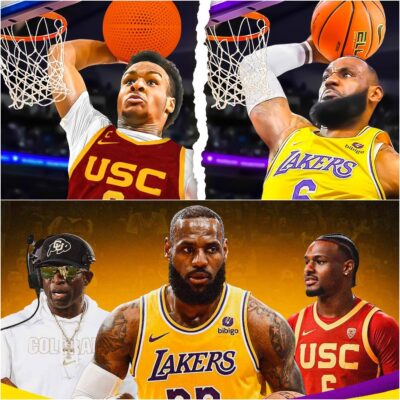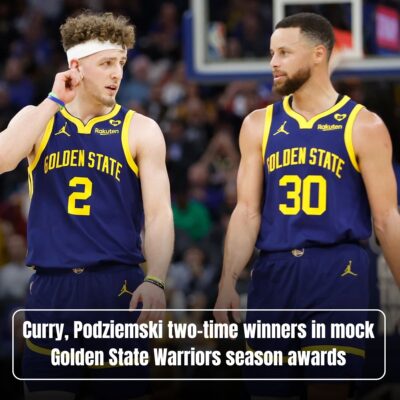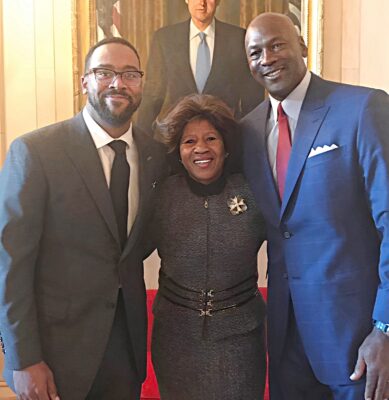Between 9000 and 6000 BC, livestock was considered the main unit of exchange. When agriculture developed strongly, crops and products from agriculture were used for exchange in a popular way.
From 1200 to 800 BC, the Chinese began to use seashells as currency. The more shells a person has, the more power he has. Later, this type of currency spread to African and North American countries.
Due to the development of society, a more stable and efficient transaction method is required. That’s why money was born. The currency also has very interesting development milestones.
First metal coin
Around 1000 BC, the Chinese began to produce the first coins. They are made of metal, with a hole in the middle so that they can be strung on a chain. This is considered as the beginning of the development of metal coins.

Gold and silver coin
Around 500 BC, silver coins printed with gods and emperors to assert their dominance.
They were first used in Lydia, Turkey, then spread to Greece, the Persian Empire and even Rome. During this time, many other countries like Lydia also used gold coins to buy and sell goods.

Paper money
China was the first country to use paper currency, which was around the 9th-19th century AD.
This was a time when a series of crises and severe inflation occurred due to the skyrocketing number of paper money.
In 1455 this type of money ceased to exist. Many years later, Europeans still do not use this paper money.

Gold Bars

The British came up with a definite gold standard, according to which gold was measured in ounces. Each currency unit was assigned a certain amount of gold, thus preventing paper currency inflation.
Credit

Using cash to pay for all kinds of goods and services sometimes causes difficulties and inconveniences. In 1950, scientist Frank X. McNamara came up with a new idea of a credit card, this type can be used in many different locations, paying for many different goods and services without needing to pay for many different goods and services. use cash.

